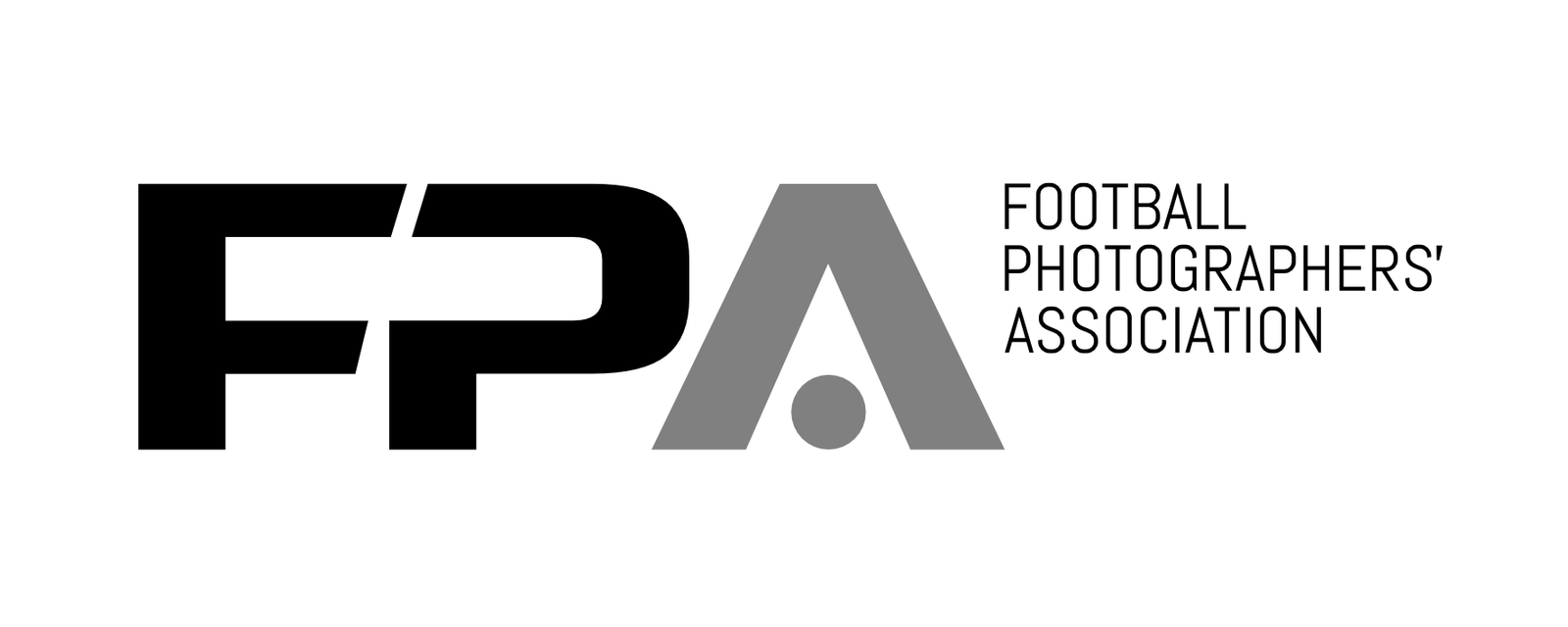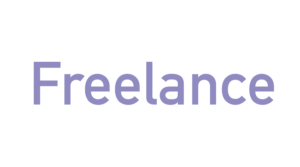FPA Member Profile
So can you tell us about your career?
“I started photography at school in 1962. Of course it was all film in those days and I would buy all my chemicals for developing from the local Boots chemist, along with single use flash bulbs. I used the bathroom as a darkroom, good job we had outside toilets!
I then attended night school at Bolton College of Art to learn more about composition.
From the late seventies to early the eighties I was the Bolton Wanderers club photographer and it’s where I cut my football teeth. I used to cover the first team, home and away, along with reserve games and also apprentices matches.
I have always been a freelance photographer. I did regular shifts for all the national newspapers when they were based Manchester and the newspaper industry was thriving.
To get photographs published in newspapers you had to be a member of the National Union of Journalists (NUJ). At that time they operated a ‘closed shop’ policy which meant you had to be a union member to get your prints published in the newspapers. When applying for access to football clubs this showed I was a bona fide freelance member of the NUJ, and not a part-timer.
After submitting and then having some photographs published I was offered football shifts by the Daily Mirror newspaper. This was great as it meant after matches I’d go to their Manchester offices and have my films processed and printed by their excellent professional darkroom technicians.
The quality of their black and white prints was a sight for sore eyes, even when on grade 5 papers, mainly due to my underexposed Kodak Tri-X negatives shot at 3200 ASA.”
What came first, sport or photography?
“Photography, I was hopeless at sport, and still am.”
First football match covered?
“It was Bolton Wanderers at Burnden Park, around 1976, using 135mm F3.5 lens.”
Best footballer to work with?
“Mark Hughes when he was playing at Manchester United. He was always up for doing pictures. He lived in digs near The Cliff which was United’s training ground at the time. There were no mobile phones back then so I used to knock on the door and ask his landlady to see Mark. I would then suggest to him preview pictures we could do ahead of the weekend and then I’d submit them to the national papers for Saturday’s edition.”
Do you have a favourite memory or anecdote from your time as a football photographer?
“After processing film be careful where you cut the film! Ask me sometime which frame I cut in two.
Okay, go on then I’ll tell you. It was a last minute winning goal for Bolton against Arsenal.
We used to process film and send images back to the newspapers from private houses near to football grounds as we didn’t have the facility at stadiums to do this. For this privilege we would pay the homeowner £20-£30 per game.
This was during the early 90’s and Albert Cooper, the then sports staffer at the Daily Mirror and I were using such a house across the road from Burnden Park. There was a last minute Bolton winner, which I luckily got, so we rushed to the house to process quickly. To save time Albert held the processed film while I moved the hair dryer up and down the film. Satisfied the roll was dry, and with it still in his hands, he shouted me to cut the film ready for scanning.
Not sure which frame the goal was, I asked where should I cut. Anywhere, shouted Albert, cut anywhere.
Unfortunately I cut right through the goal frame. He’s still not forgiven me for it, bless him.
Working during the mid-80’s, one pleasure when covering Manchester United matches at Old Trafford was occasionally I would get to see Mark Leech, a photographer who would come up from the big smoke, ‘Well Offside’ he was, even then.”
From shooting black and white film to now shooting digital colour you’ve seen quite a change in the industry, how do you find the transition and do you prefer one to the other?
“I miss the excitement of coming back to the darkroom and processing the films. Then when printing, rocking
the developing tray and watching the images appear like magic. The ready print was then sent by a Muirhead scanner.
Later, came the Leafax negative scanner, which required 3 scans for colour images and took ages to transmit. Soon followed by the Hasselblad digital colour negative scanner/transmitters, which were a lot faster.
As time moved on and newspapers were able to receive digital images, some photographers opted for the Kodak negative scanner with an Apple Powerbook 180c computer. Technology has made the job faster and more convenient but as I said, I felt it lost it’s magic.”
Favourite football ground to work at and why?
“Manchester City’s Maine Road. I used to love going there and chatting to photographers in Rose’s tea room before matches. Past managers like Kevin Keegan and even the Chairman were regulars in that tea room.
Also Bolton’s Burnden Park ground. I have great memories of photographing there. Happy Days.”a

